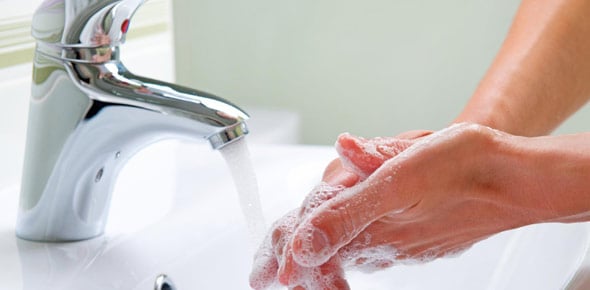Hand Hygiene Knowledge Assessment Questionnaire
- IHI
- CDC
2.
You may optionally provide this to label your report, leaderboard, or certificate.
×
Thank you for your feedback!
















